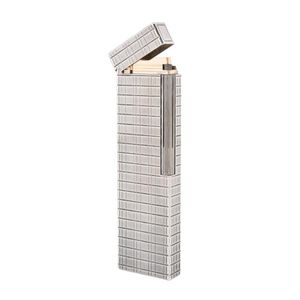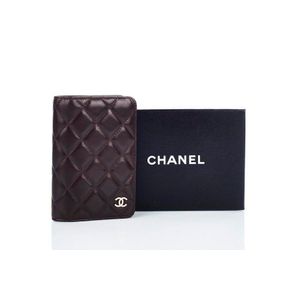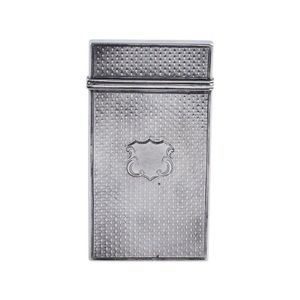Victorian Sterling Silver Card Case by Nathaniel Mills
You must be a subscriber, and be logged in to view price and dealer details.
Subscribe Now to view actual auction price for this item
When you subscribe, you have the option of setting the currency in which to display prices to $Au, $US, $NZ or Stg.
- Sterling Silver - Sterling silver is a mixture of 92.5% pure silver and 7.5% of another metal, usually copper. Fine silver is 99.9% pure silver, and is relatively soft and the addition of the very small amount of copper gives the metal enough strength and hardness to be worked into jewellery, decorative and household objects.
- Victorian Period - The Victorian period of furniture and decorative arts design covers the reign of Queen Victoria from 1837 to 1901. There was not one dominant style of furniture in the Victorian period. Designers used and modified many historical styles such as Gothic, Tudor, Elizabethan, English Rococo, Neoclassical and others, although use of some styles, such as English Rococo and Gothic tended to dominate the furniture manufacture of the period.
The Victorian period was preceded by the Regency and William IV periods, and followed by the Edwardian period, named for Edward VII (1841 ? 1910) who was King of the United Kingdom and the British Dominions and Emperor of India for the brief period from 1901 until his death in 1910. - Engine Turned - Engine turning is a decorative technique used on metal surfaces to create intricate curving or geometric pattern. The process involves cutting a series of lines into the surface of the metal using a rose engine or decoration lathe which rotates the metal as it cuts, allowing the operator to create a repeating pattern that covers the entire surface. The resulting surface has a shimmering, reflective quality that is often described as "engine turned." Where an engine turned item has been enamelled, the term used to describe the decoration is usually guilloche.
Engine turning was originally developed to decorate metal objects such as firearms, scientific instruments, and other metal objects that required precise and elegant design.
This item has been included into following indexes:
Visually similar items

A silver plated table lighter, S.T. Dupont, circa 1970?s, rectangular form. Length 14 cm. Width 4 cm. Marked S.T. Dupont, de Paris, Made in France, Numbered 02095D

Jane Austen 1775-1817 'Pride and Prejudice: A Novel. In Three Volumes', (3), second Edition, for T. Egerton 1813, 12mo, three volumes, original white paper spines over blue boards, original printed paper labels, (3), each 18 x 15 cm

Chanel, pocket notebook case, chocolate brown quilted lambskin leather, two interior slip pockets, stamped 'Chanel' with logo, original box, 2009 agenda inserts, and Coa card, height 14.5 cm width 9 cm

Album of Photographs, C.W. Reid Station Manager, Elderslie Station, Omaru, New Zealand, 1895, Inscribed inside 'To Mr. and Mrs. McDougall with Mr. Reid's Compliments. Elderslie 20th April 1895., 28 photographs, each 14.5 x 25 cm
